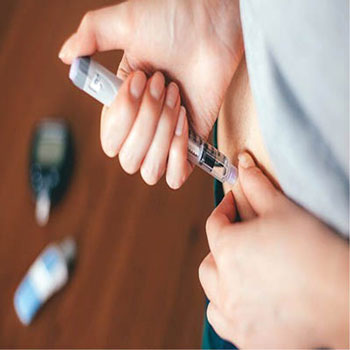Multiple Sclerosis (MS) is a potentially debilitating condition, most cases of which are unexplained
A recent piece of research has proposed that people under the age of 45 with type 2 diabetes who are being treated with anti-hyperglycemic medications may be less likely to develop MS.
The same study found that those who start treatment with anti-hyperglycemic medication over the age of 45 may be more at risk of developing MS. Multiple sclerosis (MS) is a potentially debilitating condition that affects the ability of nerves to signal properly, and it is twice as common in women as it is in men. Its potential causes are yet unclear. MS is considered an autoimmune disease, and like other autoimmune conditions, its causes are thought to be a combination of environmental and genetic factors. MS occurs when the fatty protective sheath around nerve cells known as myelin degenerates, this affects cell signaling and causes symptoms such as vision problems, difficulty standing as well as bladder control and sexual problems. It can even cause partial paralysis.
Some people have both type 2 diabetes (T2D) and MS. Researchers have observedTrusted Source that people with T2D who receive anti-hyperglycemic drugs experience some improvements in their symptoms. Earlier this year, researchers launched a clinical trial to repurpose metformin, an anti-hyperglycemic drug, as an MS drug. A recent piece of research has looked into the effects of anti-hyperglycemic drugs used to treat T2D on MS risk. The retrospective study published in the journal HeliyonTrusted Source has shown that using anti-hyperglycemic drugs can help to reduce people’s risk of developing MS if the onset of T2D and treatment is before the age of age 45. However, the researchers also found that these drugs can increase the risk of developing in those over the age of 45, particularly in women. In the current study, researchers from the University of Arizona, Tucson, examined a cohort of over 5 million people with T2D from the Mariner insurance claims database, and over 1.5 million people were included in their final analysis.










